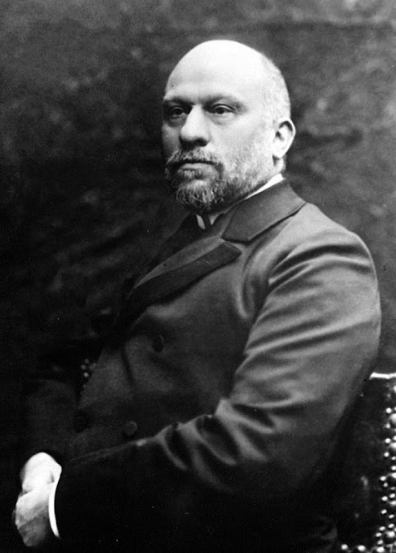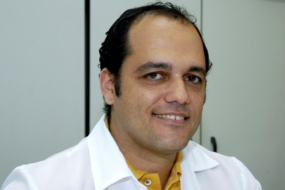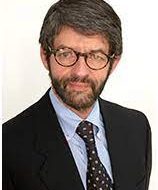
Creator of the thesis on the balance of human circulation, Italian physiologist is a precursor of functional magnetic resonance and positron emission tomography tests

A researcher of the human circulatory system, the Italian physiologist Angelo Mosso (05/30/1846 – 11/24/1910) is one of the fathers of the so-called brain neuroimaging. Also known as imaging, this area of knowledge aims to produce images of the structure, function or pharmacology of the human nervous system.
A multifaceted scientist, Mosso studied medicine in Turin, his hometown. From 1876, in Florence, he was a student of Moritz Schiff; in Leipzig by Carl Ludwig; and in Paris, by Claude Bernard. In 1879 he returned to Turin as professor of physiology. Throughout his life, the brain scientist blended knowledge of medicine and physiology with the carpenter’s skills he learned from his father—and this interaction enabled him to design and build various equipment for his experiments.
Mosso’s best-known publications are “La paura” The fear, “La fatica” The tiredness, “La physiologia dell’uomo sulle Alpi” The physiology of Man in the Alps and “Mens sana in corpore sano” (1903). In 1897 he was elected a member of the Royal Swedish Academy of Sciences and died at age 64 of diabetes.
Legacy
The scientific hypothesis of the “balance of human circulation” is Mosso’s main legacy to science. This theory proposes to non-invasively measure blood redistribution during emotional and intellectual activity. To prove his thesis, he created a piece of equipment consisting of a delicately balanced table that could tilt down on both the head and feet if the weight of either end were increased.
Recently revisited, the thesis of the “balance of human circulation”, is considered the first neuroimaging technique created, being the embryo of the current functional magnetic resonance and positron emission tomography exams.
In the late 1870s, Mosso hypothesized that an attentional or cognitive task could locally increase cerebral blood flow. To test the thesis, he recorded the pulsation of the cerebral cortex in patients with cranial defects after neurosurgical procedures. He found that pulse rates change during mental activity, inferring that during mental activity, blood flow increases to the brain.
“Mosso Method”
The innovation of measuring pulses was called the “Mosso method”. This technique helped measure variations in blood flow and quantify the magnitude of changes in the organ’s volume, converting the brain’s pulse into waves.
Through the method, Mosso was able to measure changes in cerebral blood volume that occurred subsequent to cognitive tasks, such as performing mathematical calculations in patients who suffered from a large frontal rupture of the skull.
These observations led Mosso to conclude that changes in blood flow to the brain were determined by functional changes. There was, however, the limitation at the time that the “Mosso method” was only applicable to patients with cracks in the skull and could not be used to assess variations in cerebral flow in healthy individuals.
Sources
Wikipedia / Angelo Mosso
Wikipedia / Neuroimaging
Oxford Academic
Oxford University Press





